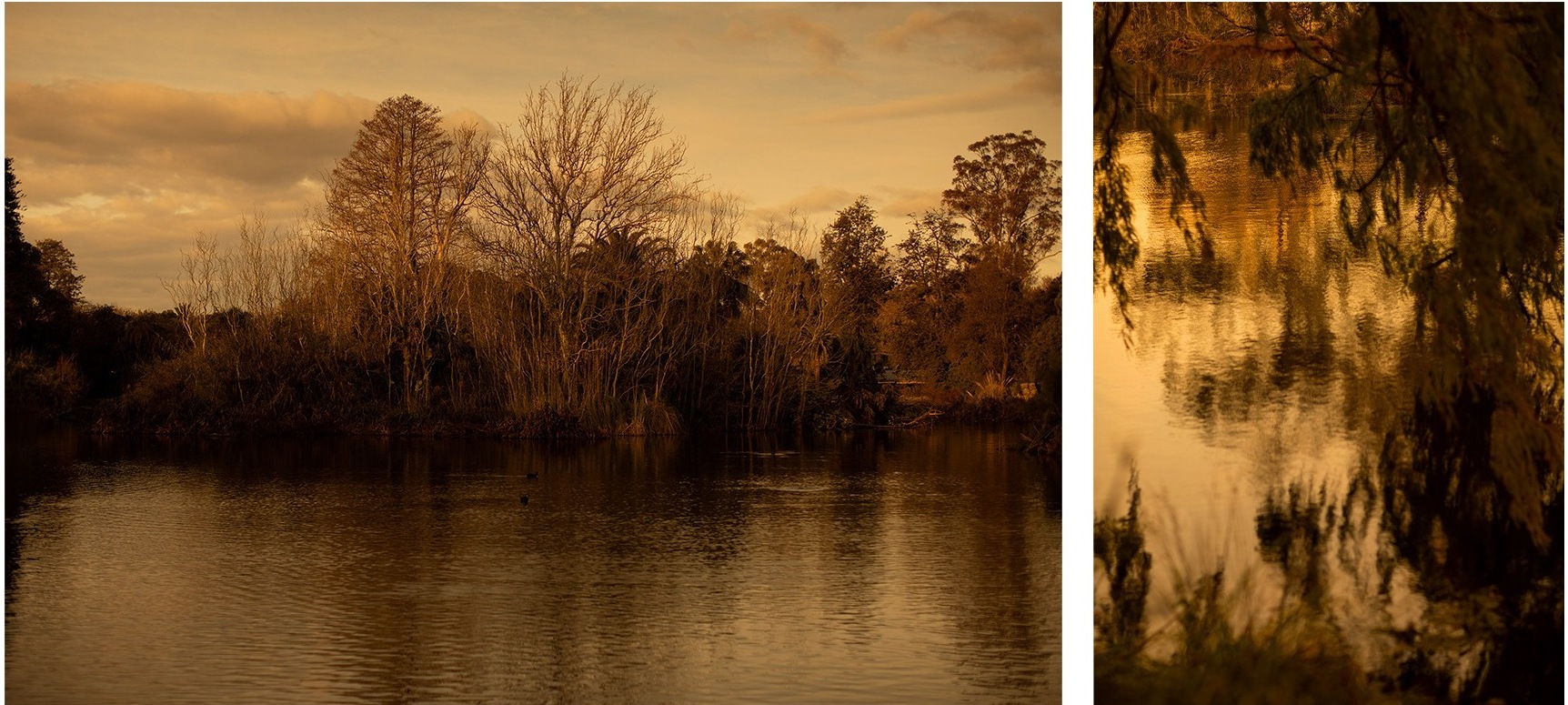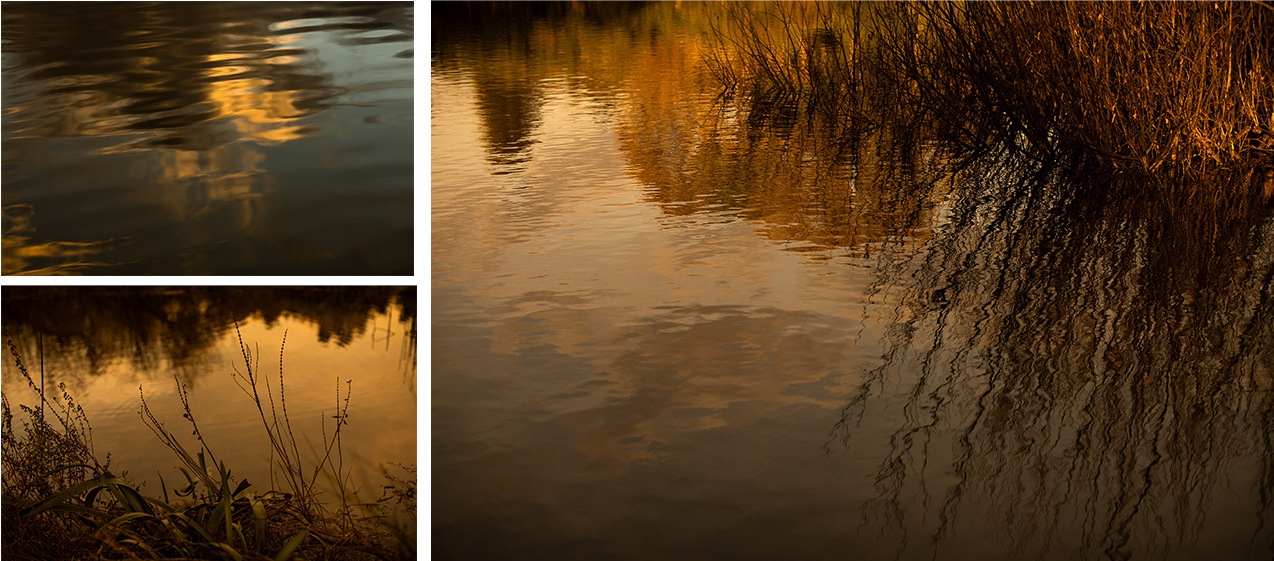UMENCO recently collaborated with Lilli to bring to life a series of images that celebrate the verdant abundance and homely beauty of natural Australia.
UMENCO’S Company We Keep celebrates individuals of creativity and purpose by casting an intelligent, behind-the-scenes lens over the career trajectories of creatives and thought leaders in our community. It is an eclectic career playbook and a series of open conversations with the inspiring individuals behind the world’s leading brands
Below, UMENCO talks to Lilli about process, place, and creative integrity.
How did you discover photo making?
By accident. I was invited to a small university to study filmmaking after falling in love with it in a year 12 media class, but the film class was cancelled, so I stayed back and completed the major, which was photography. This was in 2002, so it was all 35mm film and darkroom back then, no one was using digital cameras.
What continues to draw you to photography? Has this changed in comparison to what initially drew you to the practice?
It’s a gut instinct thing I think, I come from a small family of hard-working artists and creative makers, so there’s an inherent drive to create the work. My mother is a botanical artist, my grandmother was a photojournalist in the Vietnam War, my father & uncle both furniture makers, so it’s no wonder I have followed in their footsteps. Photography is just the medium that I use to express my ideas, and it’s an ongoing journey of experimentation, finding out how I can use it to create what I have going on in my head. I have always been drawn to paintings over photography, but over the past 18 months of a lot of lockdowns, trying out new styles in my non-fine art work, I have begun looking at photographers’ work from all over the world and it’s very inspiring.
How do you approach the process of creating?
Mostly I just do the work. I have a strong work ethic so even if I’m not feeling creative or the ideas aren’t flowing, I’ll be shooting regardless. Creativity can be elusive and at times I come away from working for days back-to-back feeling completely deflated, though more often than not, the moment will arrive and I will be inspired by something, an approaching storm, the colours in a landscape or the way the light falls on a scene. At this point, I am relying on my instincts and my eye, focusing on details, shapes, curves, colours, and I ask myself ‘what makes this frame unique or strange’?

Has there been a person or experience that has shaped how you approach your work?
I grew up on a rural counterculture community in Wytaliba, NSW, where nature shaped the way we lived on a daily basis, we had no running water or electricity, and swam in the river everyday. People from that community describe my photographs as looking as though they had been taken at this commune, so these early childhood experiences must have shaped the work that I create today.
I am guided by nature in my work, and my father and two grandmothers were avid environmentalists and activists, spending their lives advocating for the protection of our Country, and so watching and learning from them from a young age instilled in me a deep love and respect for the beautiful land we live on.
Do you have any rituals that you engage in that incite creative momentum, or that inform the way you work?
Once or twice a year, I plan a specific time during the warmer months to embark on a one week working trip – I research locations, plan a route, book the accommodation, and throw bags of props & fabrics into the car and go in search of beautiful landscapes. There is often a broad vision for the work, but I am largely improvising and working with the small windows of the right light which take place at dawn and dusk. The landscape itself is my biggest wonder and inspiration, and it immediately informs me of which time of day and specific scenes might give me the best lighting and composition. Challenges during the photographic process, like weather, tourists, the temperature of water etc are all out of my control, but I have to just make it work.
Much of your imagery features visual themes that are grounded in place, and you represent natural environments with a haunting, dreamlike beauty—often where figures and bodies appear to meld with their surroundings. How would you describe your relationship to place and its significance to your work?
My relationship to place often feels too fleeting, and at times, heartbreaking. I have lived in the city for the longest time, and am constantly yearning to be closer to nature. It almost feels painful to want to be close to her, especially when I take time to visit, I never want to go home. This makes creating this work in nature ever more special for me. Whilst I don’t have the time to just sit and meditate on these trips, I am creating something in these places, and become very immersed. It’s like a collaboration with nature and my camera, and this makes it sacred for me. It is a very special time spent in nature to really look at her up close through my lens and capture her in all her wonder & beauty, a way of taking a part of her home with me. Before leaving, I thank the landscape for her beauty in a quiet moment of appreciation and awe, which is for me, a form of my own meditation. In today’s society, there is a fundamental disconnection to nature. My photographs place human beings ‘submerged in nature’, rather than separate from it, which is inevitably, the way I wish I was still living.

How do you navigate creative integrity when producing commercial assignments and working to briefs? Is this something you think about, or is it always inherent in the way you work?
I always aim to approach my commercial work with the same passion and drive for ideas that I do in my personal work, I don’t think I would be able to photograph assignments if I couldn’t apply my creativity in some way or other, it would feel too robotic and soulless for me. I try, whenever possible, to influence the imagery with my own aesthetic in some shape or form, whether it be the way I use lighting or try to evoke a certain moodiness or strangeness. I am constantly looking to push my own boundaries and break out of my comfort zone by experimenting with new and unfamiliar styles, as I can get bored quite easily and need new inspiration on a constant basis. I find that this approach has its pros and cons – on one hand you are learning and trying new styles out to see what fits, on the other hand, you are going ‘off brand’ and it can lead to some confusion as to who you are as an artist. It’s a balancing act really.
Looking to the future, what direction do you see your practice leading? Where do you want it to lead you?
It’s hard to comment on the future in this very dire situation we find ourselves in. In Australia especially, the arts have been completely left behind. My next solo exhibition has been postponed until next year, and my overseas residencies in France and Italy have both been postponed, and may never happen at all. I am also very lucky in that I can still make art between lockdowns, exhibit online and sell my work, so many artists have not been able to practice at all over the past 18 months. I do intend to keep pursuing and going deeper into my passion, which is exploring our connection to nature, and the experience of being in a woman’s skin.

What makes you hopeful?
It is harder than ever before to have hope in humanity with all that is happening to our planet. I feel a deep deep pain in my heart every day when I see how governments are driving every living thing into extinction. I feel fleeting moments of hope and love when I see caring and kind people around me, as simple as a smile from a friendly neighbour, or seeing those who spend their Sundays picking out weeds down at our local creek.
Whilst I feel a deep shame & sadness over what white Australia has done and continues to do to the traditional owners of this land, I do feel hopeful when I think about the Indigenous people of this country and how their knowledge of, and respect for the land could lead this country is a new direction. I feel more than ever we can see the limits of the middle aged bloated white men ‘leading’ the country and we yearn for a different path, one that embraces traditional Aboriginal knowledge and one where women are leading.
I feel hopeful knowing there are those who dedicate their lives to making a difference, knowing they are up against giant forces, governments, corporations that will destroy the planet in the name of profit, they continue to get up every day and keep working. For me, it’s really important to remember people like my beloved grandmothers who were fighting anyway – despite the challenges, especially now as we face a very grim future.
Categories : Latest News Lilli Waters